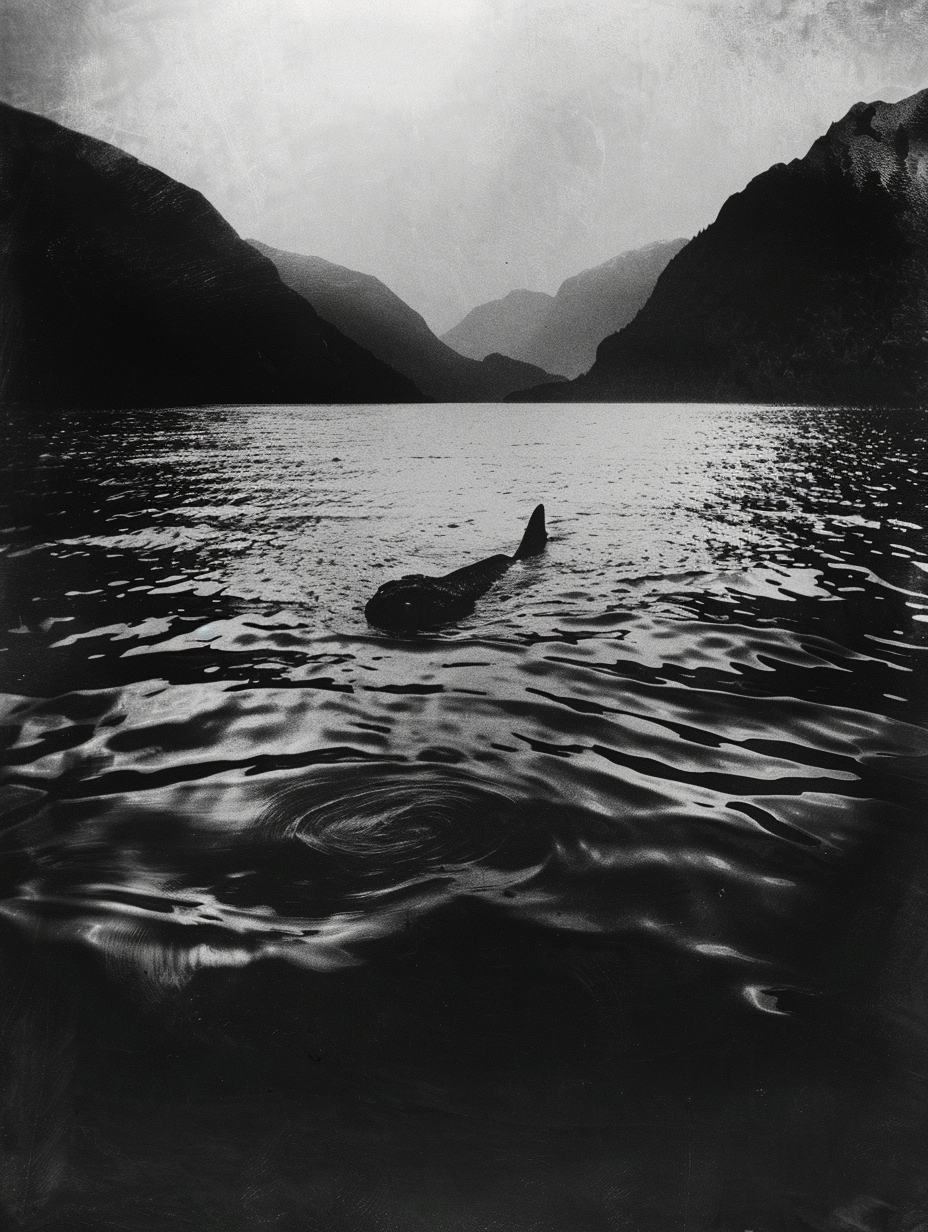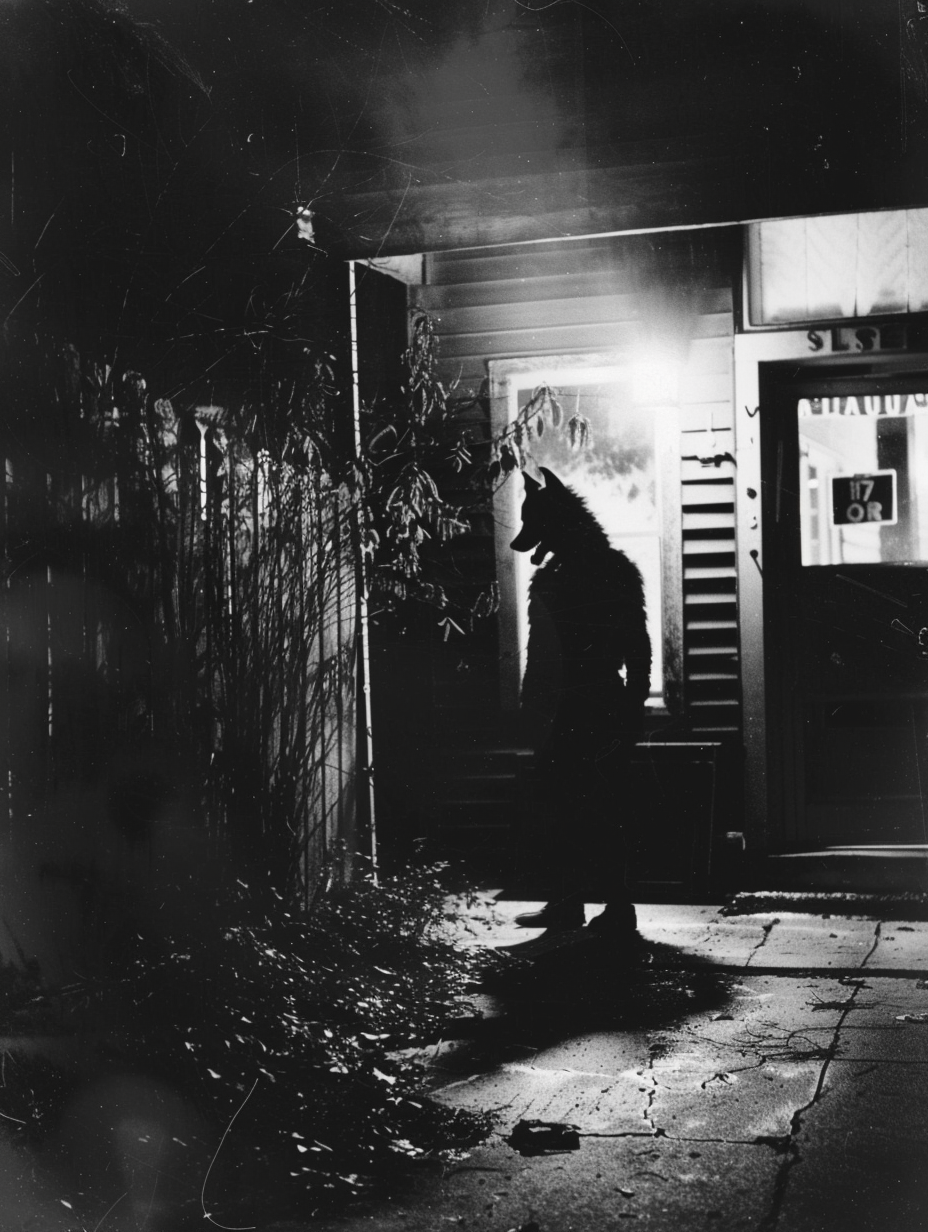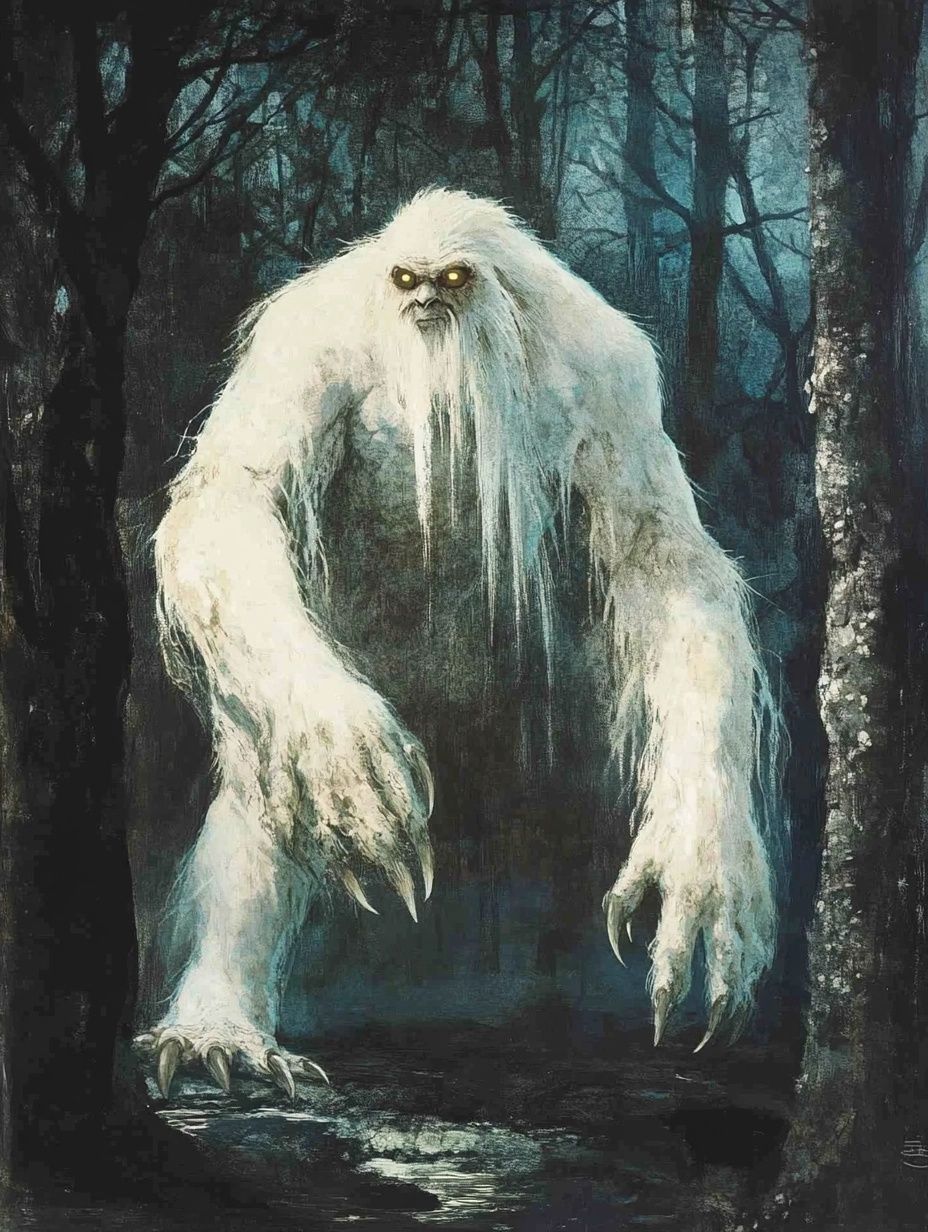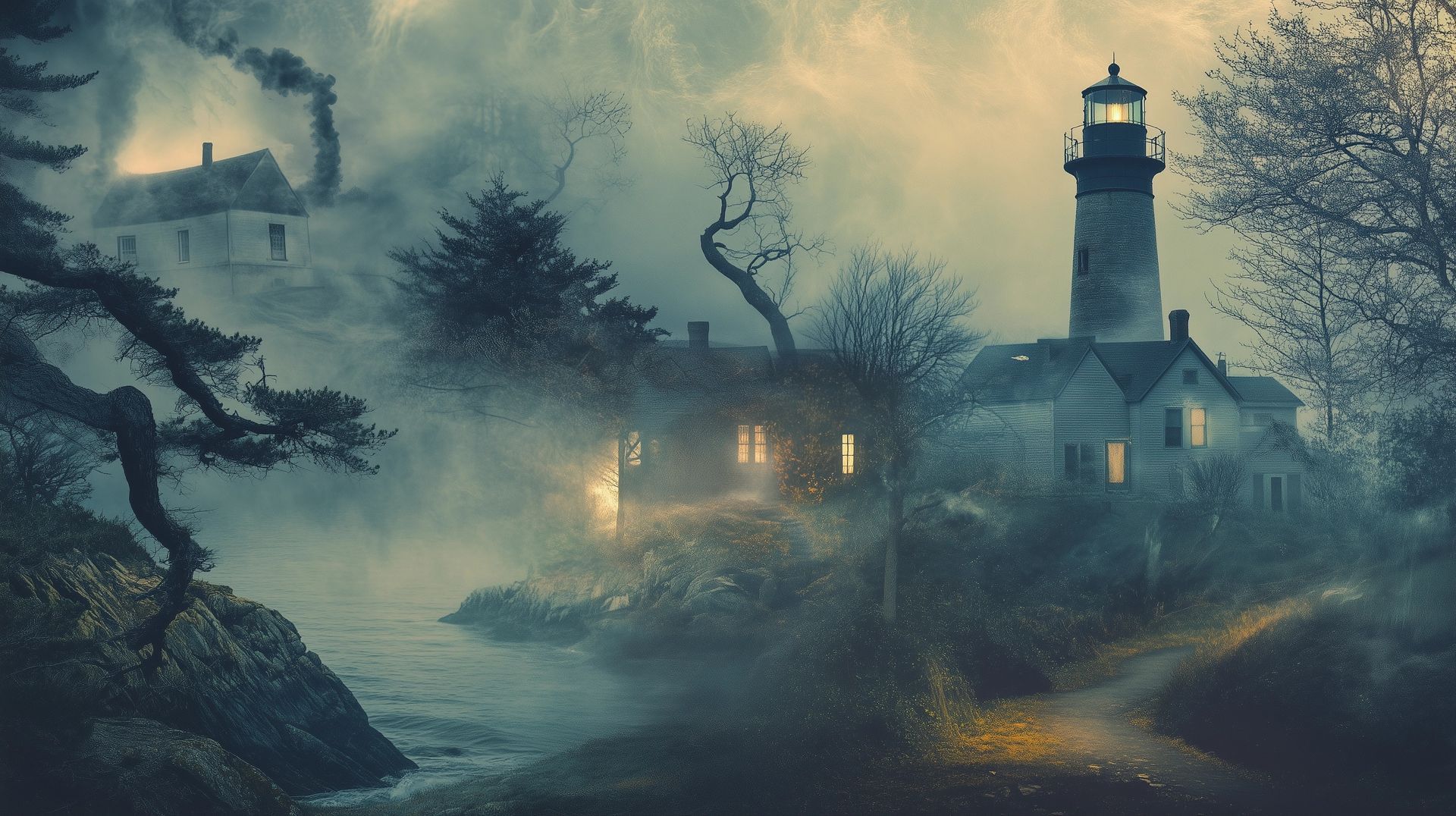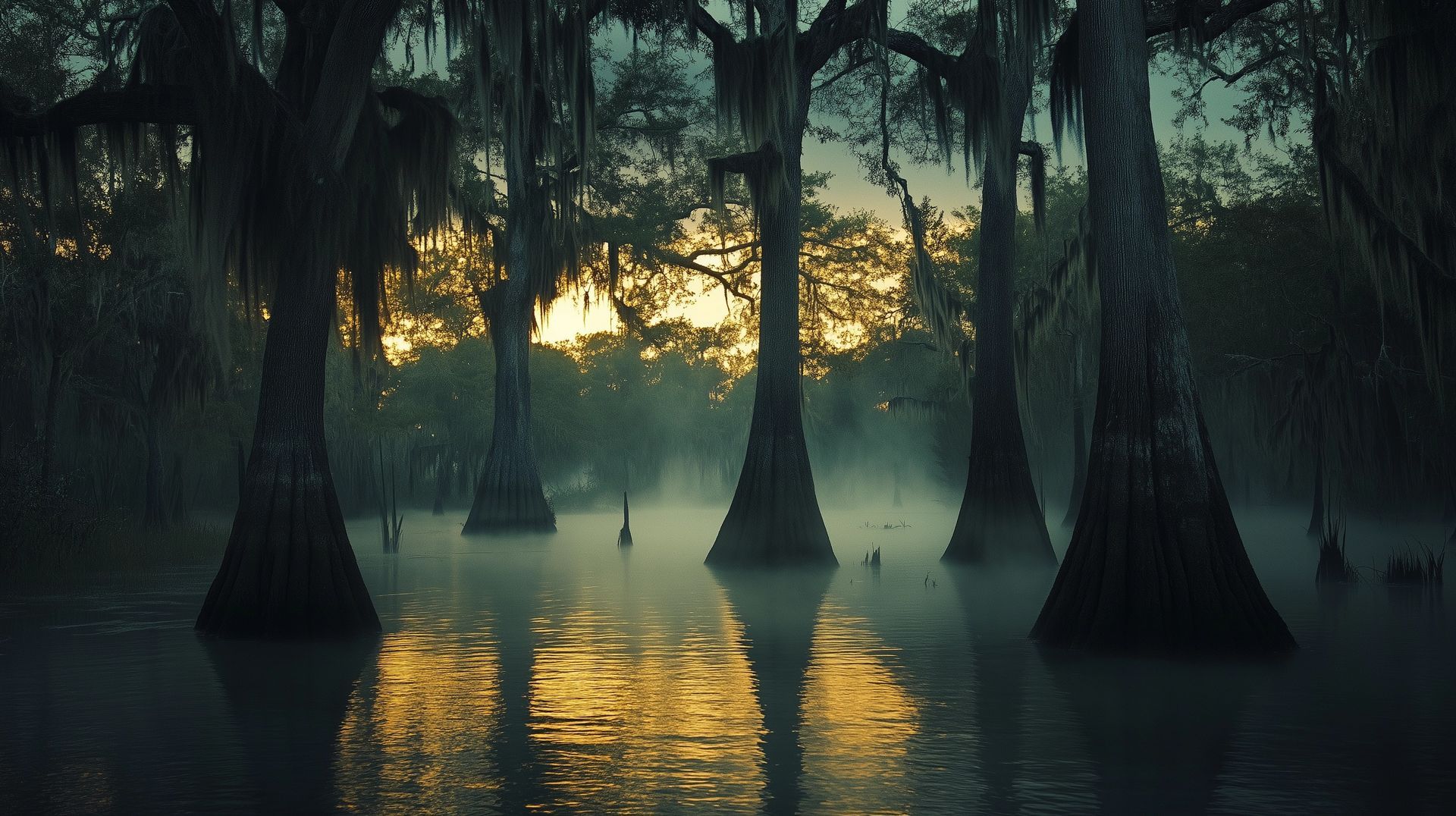The Mothman myth: how folklore overshadowed tragedy - and why today's media continues to prioritize spectacle over truth
Updated: 23rd Mar 2025
Author: Mythfolks
Point Pleasant, West Virginia is pretty famous for its creepy legend of Mothman, a red-eyed creature that's apparently become inseparable from the town’s identity
But behind this myth from the folklore of West Virginia lies a tale of tragedy, media frenzy and how a small town's darkest moment got hijacked by sensationalism.
In an age of social media, where stories spread faster than ever, how did Point Pleasant's true story get lost in the noise? And what does that tell us about how we remember tragedy today?
The birth of a legend
Let’s go back to November 1966. Two couples driving near an abandoned munitions storage site - the TNT area - reported seeing a strange, massive creature with wings and glowing red eyes, chasing their car.
It wasn’t long before the local press picked up the story and a cryptid* was born (there isn't a definitve consensus on whether Mothman should be defined as a cryptid, but it leans that way so for now, i'm categorising him as one).
The media coined the term “Mothman,” (probably at least partially inspired by the popularity of Batman at the time) and the story quickly spread beyond Point Pleasant.
Naturally not everyone believed in Mothman as a supernatural entity. Dr. Robert L. Smith, who was a wildlife biology professor from West Virginia University, suggested that the “monster” might actually be something much more mundane: a sandhill crane.
According to Dr. Smith, the large bird, which stands about five feet tall with a wingspan of over seven feet, could easily be mistaken for something monstrous, especially in the dim light of dusk (“The Herald-Dispatch,” Nov. 19, 1966).
However, many of the early reports - and indeed more recent explorations - rejected the sandhill crane theory, convinced that what they had witnessed was far larger and more intimidating than any bird.
Which only added 100 gallons of gas to the flaming fire that already was, the Mothman legend.
Taking over the narrative - from real tragedy to local lore
Then came December 15, 1967, when the Silver Bridge - connecting Point Pleasant, West Virginia and Gallipolis, Ohio - collapsed during rush hour, killing 46 people.
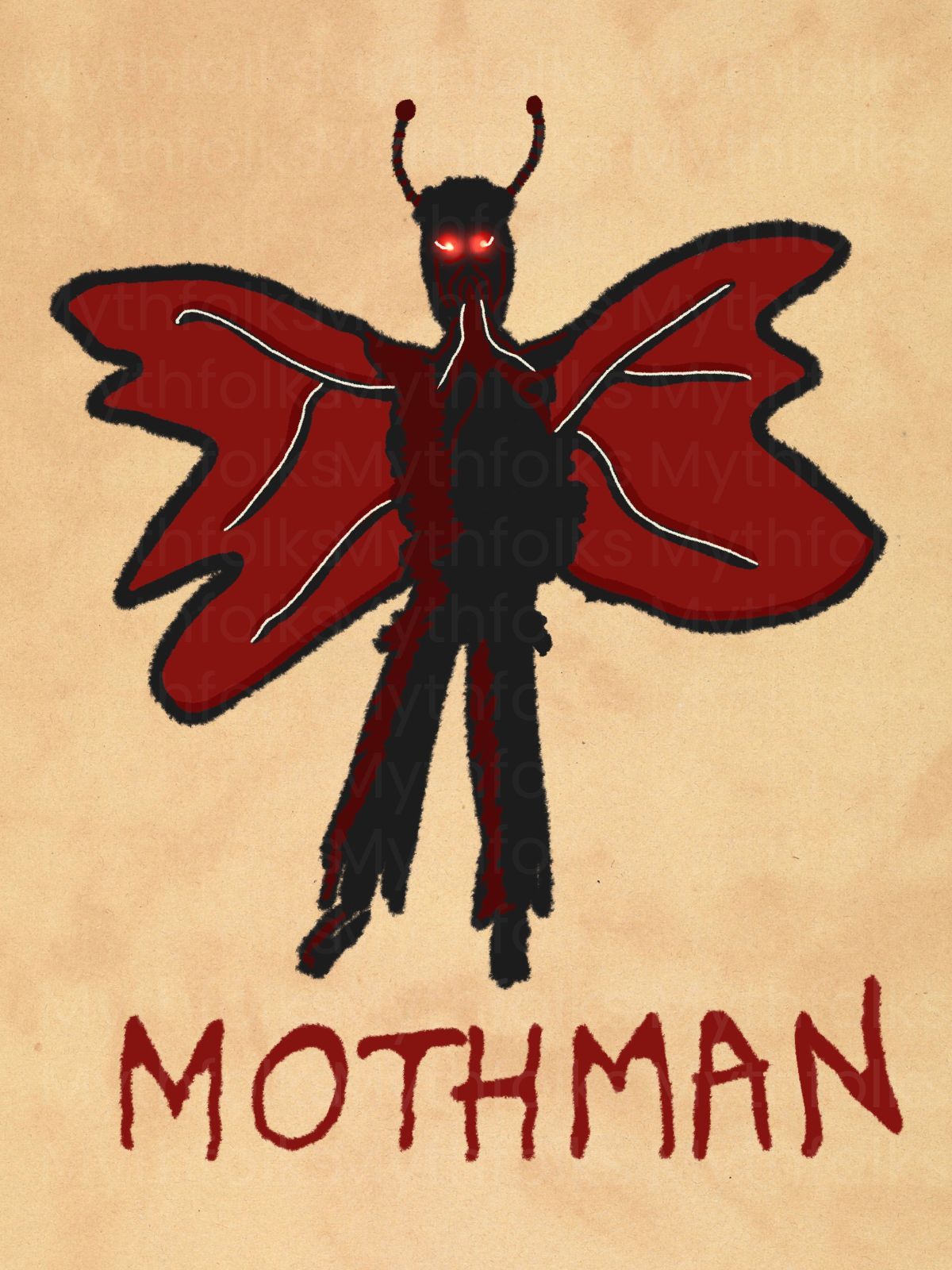
In the aftermath, a narrative began to emerge that connected the mysterious Mothman sightings with the tragic collapse.
To many, Mothman became an omen, a supernatural harbinger of the disaster.The idea of “narrative hijacking” perfectly sums up what happened here. The real story - a devastating bridge collapse that affected countless families - was overshadowed by the legend of Mothman.
What started as local folklore transformed into a media sensation, with Mothman becoming the focal point. The tragedy of the Silver Bridge was no longer just a human story; it became a subplot to a monster tale.
The role of the media and popular culture
John Keel’s 1975 book, The Mothman Prophecies, took this narrative to a whole new level. Keel was fascinated by the strange occurrences in Point Pleasant, including UFO sightings and “Men-in-Black” stories. He wove these elements into the Mothman story and in doing so, helped cement Mothman as a creature of folklore, rather than just a local oddity.
Keel’s account, which leaned heavily into the paranormal, wasn’t just about documenting sightings. It was about creating a mythology.
And it worked - his book became a bestseller and, later, a 2002 Hollywood film. These retellings transformed Mothman from a regional curiosity into a global phenomenon, but at the cost of overshadowing the real disaster that had struck Point Pleasant.

Narrative hijacking in the age of social media
The concept of narrative hijacking absolutely isn't unique to Mothman - it happens everyday, everywhere and with the super rapid growth of social media, it now happens faster than ever.
Today, in the era of obsession with quick fixes, distraction from mundane lives and fast money making, real events are often distorted or completely overshadowed by sensational headlines.
The very recent, very tragic death of a famous singer - whose name I purposely won't write to avoid any chance of this article being thrown into the heaving masses of voyeuristic gawkers - is a classic, awful example of how today's media culture can overwhelm with superficial narratives.
At the heart of the story is a tragedy that has upended the lives of this person’s loved ones. But in public, the focus has shifted to 24/7 dissection of their lifestyle, publishing "last pictures", and speculating about drugs, mental illness and abuse.
Whether or not these details align with your personal opinion, the obsessive dissection of a human life, all for a clickbait headline, represents everything wrong with sensationalist media today.
In the case of Point Pleasant and the Mothman, the narrative hijacking of course began much more slowly, with local media, then John Keel’s book and eventually Hollywood’s adaptation.

This gradual transformation mirrors what we see today: the real story gets replaced by spectacle. Social media, in particular, has only made this kind of narrative takeover more common and more extreme, as it continues to prioritize clickbait content; content whose only purpose is to pull viewers into an endless rabbit hole and feed money back to the platform by keeping them glued to their screens.
How the story of the Silver Bridge collapse changed
Over time, the real story of the Silver Bridge collapse shifted into a monster tale. The tragic event, which affected so many people, became less about the human impact and more about the mystery of Mothman.
This kind of transformation is called "folklorization" - where a real event turns into folklore. It can help communities make sense of difficult events, but in this case, it led to the tragedy being overshadowed.
Instead of focusing on the people who lost their lives, the story became about Mothman. Today, Point Pleasant hosts an annual Mothman Festival, with a big metallic statue of the creature. The original tragedy has become a side note, and the monster story has taken center stage.

US cryptid legends like Mothman captivate us because they add mystery and excitement to our lives. They offer simple, dramatic explanations for complex events - something that’s more entertaining than the reality.
But while we love a good story - and i started an entire website because of my love for them - it’s important not to lose sight of the real human experiences behind the legends.
In Point Pleasant, that story is one of loss and resilience. The Mothman legend might have taken over, but the real story of the Silver Bridge collapse - and the people who lived through it - deserves to be remembered, even if it isn't as sensational.
Reclaiming the narrative
Point Pleasant today sits at the intersection of these two stories: the myth and the reality. Some locals have embraced the economic boost that the Mothman myth brings, while others roll their eyes at what they see as an exploitation of real pain. The tension between these views is what makes the Mothman story more than just a mythical tale - it’s a window into how communities navigate memory, tragedy and the commodification of culture.
The challenge, then, is to find a balance between celebrating folklore and honoring real events. The Mothman may be the headline grabber, but the resilience of Point Pleasant - through loss, adaptation, and remembrance - remains the heart of the story.
Article sources
- Ralph Turner (Nov. 19, 1966), "That Mothman: Would You Believe A Sandhill Crane?' The Herald-Dispatch,”
- Daly, J. (2023). “Mothman, The Silver Bridge Collapse, and the Folklorization and Commemoration of Actual Events.”
Explore more lesser-known cryptid tales
Discover more folklore from West Virginia
The best tales from West Virginian folklore
The Mountain State is full mythical creatures, ghosts and fascinating feuds, read more here.
More US folklore


